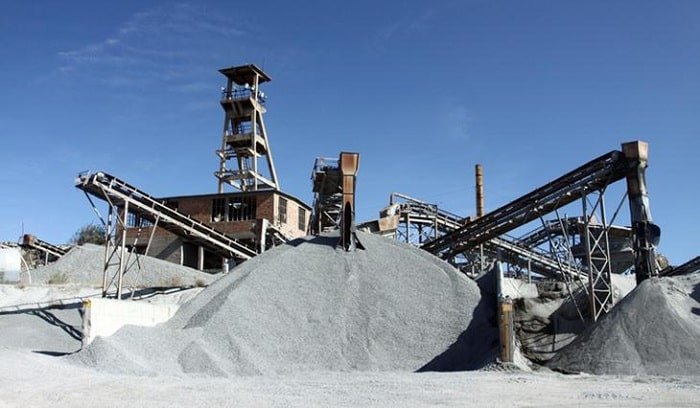The walls may look solid, the roofs properly tiled, and the floors smooth—but beneath the surface of Kenya’s booming construction industry lies a silent threat that endangers lives, drains billions from the economy, and undermines public trust: counterfeit construction materials.
According to the Consumer-Level Survey Report 2025 by Kenya’s Anti-Counterfeit Authority (ACA), the construction sector is among the most severely affected by counterfeit products.
A staggering 76.72% of respondents reported encountering fake construction goods, including cement, concrete paving blocks, roofing tiles, steel, pipes, and ballast.
From Structural Risks to Economic Losses
The ACA report reveals that the most counterfeited products in the construction sector include:
-
Cement and cement-manufactured products (e.g., paving blocks, clay roofing tiles)
-
Steel and iron sheets
-
Ballast and machine-cut stones
-
PVC/CPVC/PP piping systems
These materials, if substandard, compromise the structural integrity of buildings—posing serious safety risks to occupants and increasing the chances of collapse, especially in urban housing developments.
“Counterfeit cement and steel can fail to meet load-bearing standards, resulting in catastrophic consequences,” warns a local civil engineer quoted in the report.
Aside from public safety, the economic impact is equally troubling. Counterfeit materials distort competition, hurt local manufacturers, and deprive the government of tax revenue.
They also result in poor-quality infrastructure that requires costly repairs or early replacement, ultimately undermining investor confidence in Kenya’s real estate and infrastructure sectors.
Where Are These Fakes Coming From?
The report cites both local informal markets and cross-border smuggling as key entry points for counterfeit construction materials.
Kenya’s porous borders and under-regulated supply chains make it vulnerable to counterfeit imports, especially from regional trade routes through Uganda and Tanzania.
Alarmingly, many consumers are unaware that the products they purchase are fake until structural failures occur—or inspections reveal substandard inputs.
Why Is This Happening?
Several factors fuel this crisis:
-
High cost of genuine materials: Consumers and contractors looking to save costs often turn to cheaper alternatives without knowing they’re counterfeit.
-
Lack of awareness: Only a small fraction of buyers can distinguish between genuine and counterfeit products—an issue compounded by sophisticated packaging used by counterfeiters.
-
Weak enforcement and penalties: While the ACA is mandated to investigate and prosecute, the report highlights enforcement challenges and minimal deterrent penalties.
How to Combat Counterfeiting in Construction
The ACA report recommends urgent action through:
-
Enhanced consumer education to help identify fake products
-
Stricter enforcement at border points and within retail chains
-
Public-private partnerships with manufacturers to develop traceability systems like QR code verification
-
Policy reforms that strengthen regulatory oversight and raise penalties for offenders
Additionally, ACA urges industry stakeholders—including cement manufacturers, steel producers, and real estate developers—to collaborate on awareness campaigns and support product authentication tools.
A Call to Action
The fight against counterfeit construction products is not just about protecting profits—it’s about saving lives. Every fake bag of cement, every substandard steel rod, and every cracked roofing tile poses a real danger.
As Kenya builds its cities, roads, and homes for a growing population, ensuring material authenticity must be treated as a national priority.
“We must not allow counterfeiters to build our future. The cost of ignoring this threat is far too high,” the ACA warns.
Also Read
Construction Helmets: Essential gear for safety and compliance
Top 5 Glass Companies Powering Kenya’s Construction Industry

